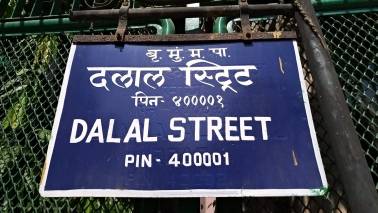If the government wants to stick to its fiscal deficit target it will have to slash expenditure
The fiscal problem the central government faces is that while total receipts till November were 49.3% of the budgeted amount for the full fiscal year, total expenditure was 66.1% of that budgeted. The upshot: the fiscal deficit was 114.8% of the budgeted deficit.
Why are receipts so low? The increase in gross tax revenue during the April-November period was just 7.1% of the amount collected over the same period last year. The Union Budget had assumed gross tax revenue would rise 16.7% for the full year.
Direct tax collections have been good; the problem lies in indirect taxes, specifically the Goods & Services Tax. As a recent research report by Kotak Economic Research’s Suvodeep Rakshit, Upasna Bhardwaj and Avijit Puri points out, the increase in total indirect taxes collected till November is a mere 1.9% more than the amount collected in the same period last year.
With the November GST collections coming in at Rs 947 billion, the total collections are now well short of the target. The Kotak report estimates that the final shortfall to the centre could be as much as Rs 1 trillion.
Till November 2018, the net tax revenues for the centre were up just 4.6% over the same period last year, as against the 16.6% increase budgeted for the full year.
Clearly, the centre has two alternatives---either overshoot its fiscal deficit target, or cut its coat according to its cloth and slash expenditure. Till November this fiscal year, revenue expenditure is up 9.8%, which is slightly lower than the budgeted 10.2% rise for the full year. The scope for further compression in revenue expenditure is limited, not least because a substantial chunk of it is interest payments.
The axe, therefore, is likely to fall on capital expenditure. Capex for the full year was budgeted to grow by 9.9%. Till November, growth has been a measly 4%. It is in this context that the debt markets are worried that the fiscal deficit will be overshot, which has resulted in bond yields bouncing off their lows.
The other worry, from the point of view of the bond markets, is the effect the spate of loan waivers will have on state fiscal deficits. An analysis of farm loan waivers by CARE Ratings shows that barring Maharashtra, other states that have announced farm loan waivers will have to walk a tight fiscal path if they have to implement the loan waivers at the earliest. In short, the fiscal situation of the states too is likely to be strained.
The expenditure cuts will also lower GDP growth. Kotak Economic Research estimates that GDP growth in the second half of FY19 will fall to around 6.6%, after logging 7.6% in the first half.














